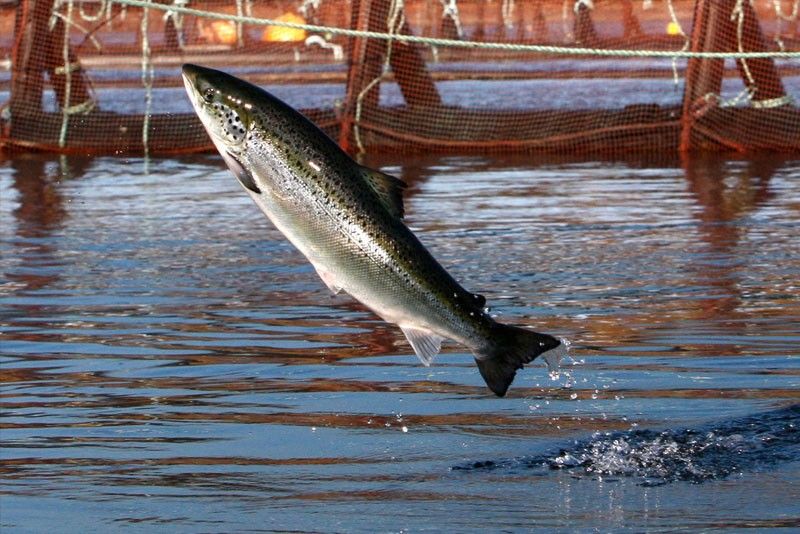Department of Agriculture to extend loan program for aquaculture

This is primarily because of the lack of bank financing for fish cage farming, lack of fry supply and the high cost of feeds. Robert F. Bukaty/AP
MANILA, Philippines — The Department of Agriculture (DA) is looking at extending its flagship loan program to the aquaculture and mariculture sectors amid the lack of development in the captured fisheries production.
Agriculture Secretary Emmanuel Piñol said the country has failed to achieve fish sufficiency despite the Philippines being surrounded by bodies of water and bays ideal for fish farming.
This is primarily because of the lack of bank financing for fish cage farming, lack of fry supply and the high cost of feeds.
“I will convene the Agricultural Credit Policy Council, which is tasked with designing credit programs, to look into the possibility of opening a loan window for aquaculture under the Production Loan Easy Access program which offers a year-long loan at six percent interest per year,” Piñol said.
The agri chief said many fisherfolks could not afford to engage in fish farming because investments require at least P2.4 million per cage which could hold up to 80,000 fingerlings.
“No banks are willing to lend to a fish farmer who points to the blue sea as his farm because banks need titles and collateral. This is opportunity wasted because the return on investments is tremendous with net earnings ranging from P700,000 to P1 million after six months,” Piñol said.
Furthermore, the lack of fry supply is another factor that hinders the growth of mariculture as supply produced by the Bureau of Fisheries and Aquatic Resources (BFAR) and the Southeast Asian Fisheries Development Center (SEAFDEC) is too small compared to the actual demand.
“There are some commercial hatcheries operating in the country but they could not produce enough, forcing fish farmers to import fry from Indonesia and Taiwan,” Piñol said.
“The high cost of feeds is another problem which has not been given focus by the government. In fact, it is not only in the aquaculture industry where the high cost of feeds adversely affects production,” he added.
Apart from the loan program, DA said BFAR and SEAFDEC must improve their field hatchery facilities and add more hatcheries to supply the needs of the industry to address these problems.
“I will also meet with the private companies involved in the production of aqua feeds and encourage them to price their products reasonably so that the growth of the industry will be faster,” Piñol said.
Last year, fisheries production reached 4.31 million metric tons (MT), slightly down by one percent.
Aquaculture production hit 2.24 million MT, representing more than half of total output, inching up two percent.
- Latest
- Trending



























